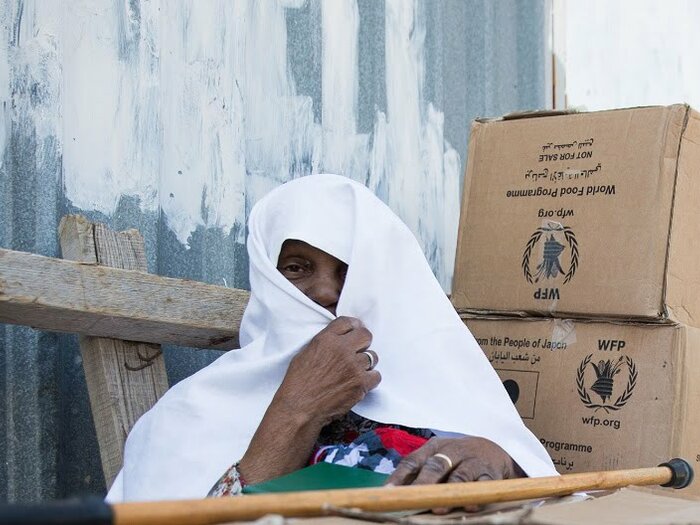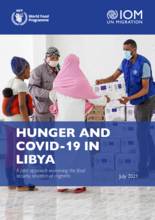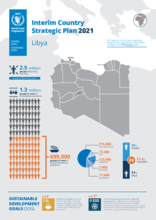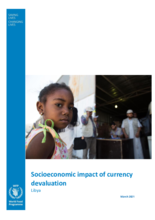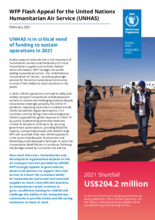Libya
- 328,000
- people are in need of humanitarian assistance
- 324,200
- people are in need of food assistance
- 8.2 million
- population
More than a decade after the 2011 Arab Spring and the subsequent civil war in Libya, years of political instability and the economic impact of the COVID-19 pandemic have left the country in a fragile state of transition to peace and stability.
A ceasefire in October 2020 paved the way for the formation of a government of national unity in March 2021. Key issues remain unresolved however, and render Libya unable to move forward on the development of a new constitution or to hold free and open elections. The prolonged crisis and limited transparency led to a liquidity crisis and currency devaluation, exhausting social safety nets and causing a regression in progress previously made on reducing malnutrition. An estimated 324,000 people are still in need of food assistance.
What the World Food Programme is doing in Libya
-
Food assistance
-
WFP assists food-insecure and vulnerable people, including internally displaced people, returnees, persons of concern and migrants in urban areas, based on their food insecurity and vulnerability status. WFP provides general food assistance through in-kind distributions or cash-based transfers.
-
School feeding
-
WFP launched the nutrition-sensitive School Feeding Programme in 2019 in coordination with the Ministry of Education. We have expanded its coverage and aim to reach 70,000 schoolchildren. The programme is also providing technical support to the Ministry to launch the National School Feeding Programme, targeting all schoolchildren in Libya. In 2022, under an agreement with the Government, WFP launched a central kitchen project to provide nutritious school meals in Benghazi. The project, which also provides a variety of social services, is due to expand into Tawergha.
-
Resilience and livelihoods
-
Designed together with local partners and communities, WFP’s food assistance for training activities increase household resilience by providing vulnerable people with vocational-skills training aligned to the needs of local job markets. In addition, participants' business management skills are developed, while basic equipment is provided for distinguished graduates to start small projects.
-
Humanitarian coordination and common services
-
WFP co-leads interagency groups on Sustainable Economic Recovery; Social and Human Capital Development; and Climate Change, Water and Environment, under the United Nations Sustainable Development Cooperation Framework for 2023-25. WFP services include the management of a United Nations facility in Benghazi in the East and the establishment of an additional United Nations hub in Sabha in the South. This strengthens the humanitarian community’s capacity, by providing safe and secure working and accommodation facilities as well as reliable network connections.
-
Research Assessment & Monitoring
-
WFP enables a targeted and coordinated response through steps including the sharing of Vulnerability Analysis Mapping bulletins with humanitarian and development partners, and food security and social protection surveys for migrant and non-Libyan vulnerable groups. WFP also works with the Government and other agencies and NGOs on food security outcome monitoring, multisectoral need assessments, local market price monitoring, and assessments in resilience, nutrition and other areas.
Libya news releases
Go to pagePartners and donors
Find out more about the state of food security in Libya
Visit the food security analysis pageOperations in Libya
Contacts
Office
Immeuble Le Prestige, Tour F, Rue du lac Windemere, Les Berges du Lac 1
Tunis 1053
Tunisia

